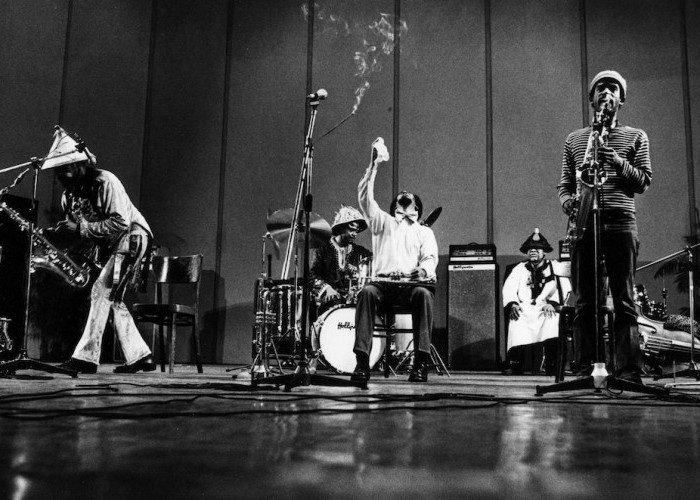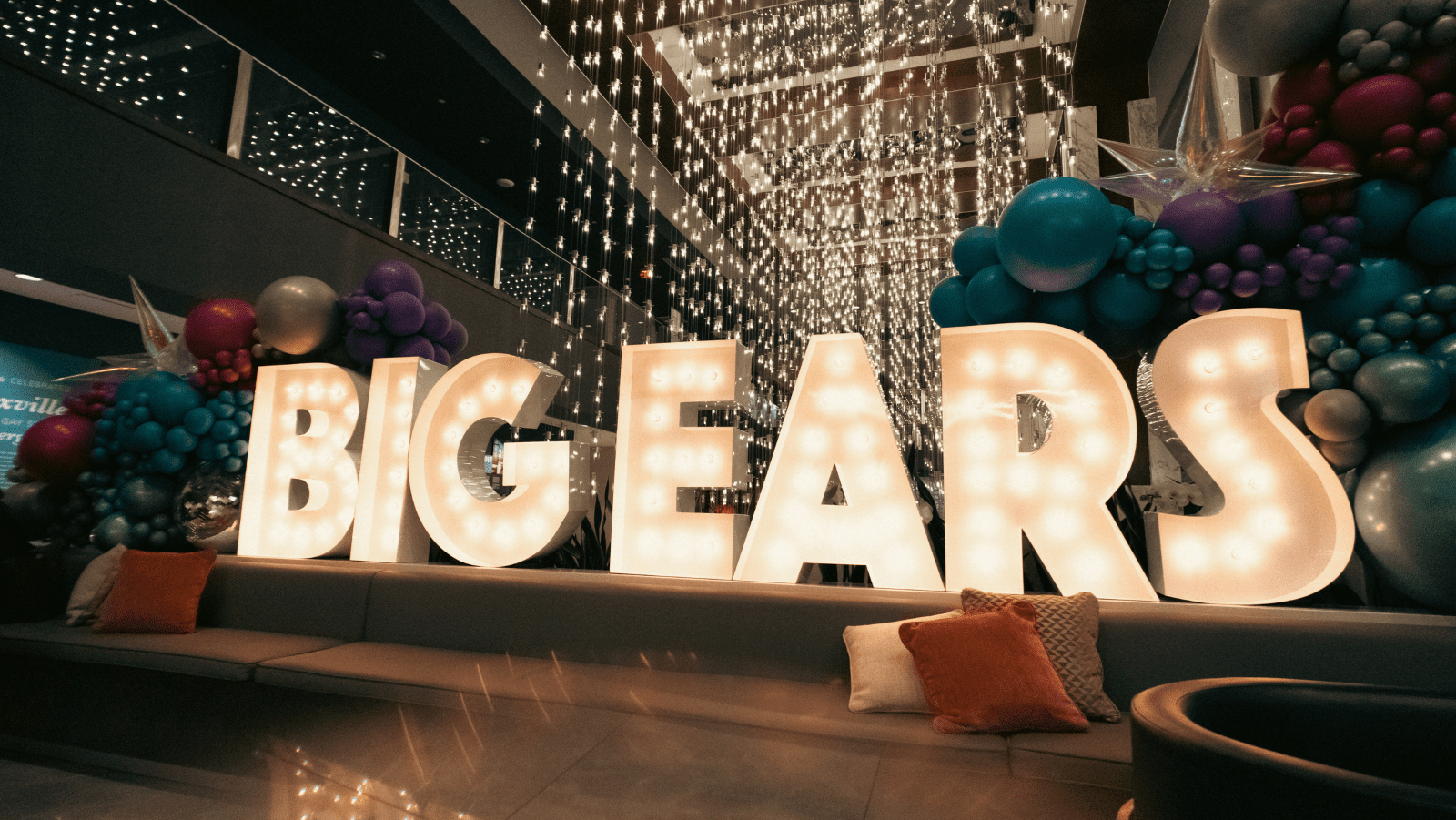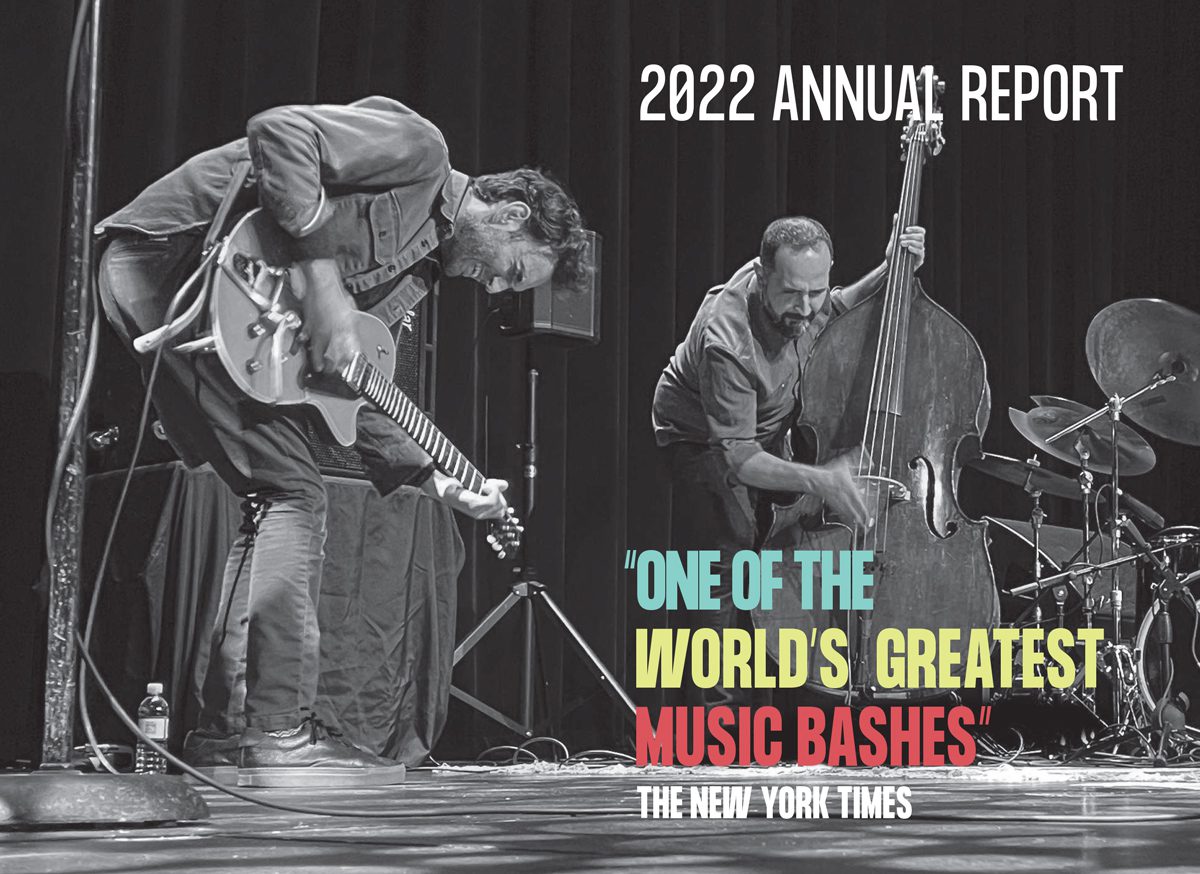Great Black Music: Ancient to the Future
The legends of both The Art Ensemble of Chicago and ECM Records had started to take shape long before they finally rendezvoused. For a decade, ECM had been striding into the future of both jazz and classical music, with foundational releases by Carla and Paul Bley, Keith Jarrett, and Steve Reich’s frame-shifting Music for 18 Musicians. And after coalescing from the ranks of the Association for the Advancement of Creative Musicians, the Art Ensemble had rapidly turned its perhaps quizzical slogan—“Great Black Music, Ancient to the Future”—into a necessary credo for records that proclaimed jazz was more spirit than sound, as rooted to the tribal traditions of Africa as it was the streets of their eponymous city. Their masterfully prolific first decade, from the ebullient proclamation of Message to Our Folks to the explosive major-label flirtation of Bap-Tizum, prompted none other than Nat Hentoff to call them “the most influential group in jazz during the 1970s” in 1979.

Just a year earlier, ECM founder Manfred Eicher had convened with the Art Ensemble—at that moment, trumpet master Lester Bowie, saxophonists Roscoe Mitchell and Joseph Jarman, bassist Malachi Favors, and percussionist Don Moye—in southern Germany. A fan of Mitchell and Bowie’s protean releases, he’d been jockeying to work with the Art Ensemble since ECM began, and the label soon became an essential syndicate for their growing artistic constellation. By the end of 1980, ECM had already issued three Art Ensemble albums, plus records by Wadada Leo Smith and Jack DeJohnette that hinged in part on Bowie’s trumpet versatility and lissome tone.
Their symbiotic relationship has continued for four decades now, captured en masse by the astounding (and, it should be said, rather affordable) 21-disc box set, The Art Ensemble of Chicago and Associated Ensembles. Released in honor of the impending 50th anniversaries of ECM and The Art Ensemble of Chicago, both set for 2019, the collection is a testament to the perseverant visions of both institutions. No, it doesn’t reach back to reissue those urgent early transmissions from the Art Ensemble in an attempt to collect the group’s catalog. Instead, it reaches forward, from those 1978 collaborations to Mitchell’s titanic 2017 set Bells from the South Side, rendering a partial topography of the vital landscape that Art Ensemble (with the long-standing aegis of ECM) has created, using the requisite records and a 300-page book of artifacts and essays to survey that matchless terrain.
Though it’s neither an Art Ensemble nor ECM landmark, Nice Guys—that first dalliance between the group and Eicher—remains a shot across the stylistic bow 40 years later. From the slightly askance bebop of the title track and the demented dub of opener “Ja” to the textural fantasy of “Cyp” and the full-band clatter of “597-59,” you can sense the shape and sprawl of Art Ensemble’s already enormous world. You hear it evolve during Bowie’s long-overlooked solo outing, The One and Only, where he seemed to breathe his trumpet into the open lid of a well-tuned piano, or on his playfully odd interpretations of Willie Nelson or “Blueberry Hill” during the late ’80s with his Brass Fantasy project.
Records like that sit in stark contrast to Mitchell’s own work during the last decade-plus, including the tensile drones and sumptuous melodic flirtations of 2007’s Composition/Improvisation and the outright noise shocks of Bells for the South Side. By packing it all into the same set, it’s paradoxically easier to unpack what made and makes the Art Ensemble tick after half a century—the heat produced by conflicting ideas and approaches that are allowed to coexist, the ecstatic unity that comes from composers and improvisers collectively supporting one another’s separate pursuits. The Art Ensemble of Chicago is a Platonic ideal for a cooperative and flexible framework, allowing its members to come and go and evolve and grow while absorbing the energies and enthusiasms of others into the larger body; at this moment, it’s an idea that seems almost radically political in its sense of disorderly cohesion, a principle that is indeed “ancient to the future.”
What’s more, this set functions as a bridge between jazz past, present, and future. On Made in Chicago, Mitchell and DeJohnette join Muhal Richard Abrams, the cofounder of the AACM who died last year, for a 2013 homecoming concert. It is a return of glory, a victory lap. But it’s also not a finale. Mitchell’s subsequent records here crawl with composers, players, and improvisers who have been tirelessly pushing jazz into its current renaissance, like Tyshawn Sorey, Vijay Iyer, and Craig Taborn.
“This unit should continue to be a powerful, shaping force well into the next decade,” reads the other half of that Hentoff proclamation from 1979. Little could he have known that his prediction would ring as true in 2019, when Big Ears celebrates the 50-year mark of ECM and The Art Ensemble of Chicago in Knoxville, Tennessee with performances by the Ensemble itself, DeJohnette, Iyer, Taborn, Evan Parker, and a score of the label’s heavyweights. The Art Ensemble of Chicago and Associated Ensembles is a welcome introduction to one of this country’s most remarkable ongoing creative endeavors, still ancient to the future.




